Roger’s diffusion of innovations theory is a fascinating and accurate way of examining the spread of new ideas and technologies. The theory, first published in Everett Rogers book Diffusion of Innovations in 1962, rapidly became a success as it could assess the rate of which an idea/technology spreads and why they are able to. It also examines how an idea/technology spreads.
Rogers asserts the spread of an idea/technology is assisted by five main principles. These principles are the actual innovation, communication channels, time, social systems, and adopters.
The technology I will be evaluating Roger’s theory on is the telegraph.
As to the first principle, the innovation itself, the telegraph was revolutionary. Reflecting on communications at the time, it was slow. Important events, as well as general communication, with family and friends was hindered by the untimely communication methods. The telegraph filled a gap and made long distance communications easier and quicker than ever, with messages being able to be transmitted across oceans in minutes. Distance communication was timely and conveying complex messages was simple. Early adopters saw the immediate value in timeliness.
As telegraphs grew more advanced it also allowed for relatively inexpensive personal correspondence between individuals across distance. Due to this both individuals and the world were able to become more interconnected than ever before. While the technology does have some drawbacks, which made some reluctant to use them, such as faster communication having the potential to lead to more rash decisions without time to think through decisions as speedy responses were expected, in general, the advantages far outweighed the disadvantages. For this reason, the telegraph itself was a great invention and therefore captured the attention of adopters and was able to spread.
Communication channels could involve word of mouth and reviews given by others to encourage their peers to use the telegraph. This is because at the time there weren’t many forms of mass communication to encourage its use. The time factor began in the 1830’s when the telegraph was invented to the present as the innovation went through the cycle of gradual growth in popularity, to a period of intense growth, and then the gradual decline in popularity.
Social structures refers to external and internal factors that influence the use of the technology. In the case of the telegraph, the government support for the first telegraph system to be constructed counts as an external factor and later the creation of a large corporation dedicated to telegraph spread. Another factor is that when it first emerged it was the most efficient way of long distance communication, however, towards the end of its diffusion timeline competitors emerged which led to its decline.
So what is the telegraph's diffusion timeline you may ask.
According to Roger’s diffusion of innovation theory, the diffusion timeline is made of adopters. There are five stages of adopters which are innovators, early adopters, early majority, late majority, and laggards. See the graphic below for a visual representation of how these are dispersed across time.
The innovators make the smallest percent and have a slow start. The innovators of the telegraph are two teams who both independently invented the telegraph around the same time. The first team was composed of William Cooke and Charles Wheatstone, the second team was made of Samuel Morse, Leonard Gale and Alfred Vail.
Early adopters are most likely classified as British railroad companies as the Cook and Wheatstone telegraph was used for Britain's railroad signaling early on. United States congress also would fall under the criteria of early adopters as they provided Morse financial aide after he presented to congress in 1838 to build his telegraph expanding from D.C. to Baltimore, MD, which was completed in 1844.
The early majority likely followed in between this time and 1866 when Western Union (found in 1851) was a leader in telegraph communications and telegraph networks greatly expanded. There was even the establishment of the first transcontinental telegraph. From 1866 to the 1940s is the era in the diffusion timeline which is most likely the late majority. During this period the first permanent Atlantic Ocean telegraphs were laid and by the start of the 1940s there were over 40 lines. In this same time frame the telegraph was improved to be more efficient with the Quadruplex system and strong wire insulation.
The laggard timeframe starts around the 1930s-1940s and stretches into the present. In the 1930’s telegraph use started to decline and in 2006 Western Union ended their telegraph service. Today telegraphs are almost obsolete. Almost everyone who would have used the telegraph had by this point in time and there were very few new consumers of the technology. The reason for some of these laggards may have been the cost of use or not understanding the technology. There was also the emergence of new technologies such as the radio and telephone during the late 1800s which slowly took over the telegraph market, decreasing the reliance on telegraphs for long distance communication.
Considering the improvements the telegraph provided and the foundation for modern day communications and technological advances, it is easy to draw a correlation on why people accepted and were willing to use the telegraph. Human nature draws on communication and the ability to send and receive messages in an easy manner. In the 1800’s important messages such as marriages, births, deaths, political changes and any other message one wanted to convey could take months or even a year to send and receive a response. The telegraph changed that. People had the ability to send and receive messages much faster. Any hassle was offset by the rewards of timely communication. This is why technological changes in communication and access to information continue to evolve even in today’s world.
Communication channels could involve word of mouth and reviews given by others to encourage their peers to use the telegraph. This is because at the time there weren’t many forms of mass communication to encourage its use. The time factor began in the 1830’s when the telegraph was invented to the present as the innovation went through the cycle of gradual growth in popularity, to a period of intense growth, and then the gradual decline in popularity.
Social structures refers to external and internal factors that influence the use of the technology. In the case of the telegraph, the government support for the first telegraph system to be constructed counts as an external factor and later the creation of a large corporation dedicated to telegraph spread. Another factor is that when it first emerged it was the most efficient way of long distance communication, however, towards the end of its diffusion timeline competitors emerged which led to its decline.
So what is the telegraph's diffusion timeline you may ask.
According to Roger’s diffusion of innovation theory, the diffusion timeline is made of adopters. There are five stages of adopters which are innovators, early adopters, early majority, late majority, and laggards. See the graphic below for a visual representation of how these are dispersed across time.
The innovators make the smallest percent and have a slow start. The innovators of the telegraph are two teams who both independently invented the telegraph around the same time. The first team was composed of William Cooke and Charles Wheatstone, the second team was made of Samuel Morse, Leonard Gale and Alfred Vail.
The early majority likely followed in between this time and 1866 when Western Union (found in 1851) was a leader in telegraph communications and telegraph networks greatly expanded. There was even the establishment of the first transcontinental telegraph. From 1866 to the 1940s is the era in the diffusion timeline which is most likely the late majority. During this period the first permanent Atlantic Ocean telegraphs were laid and by the start of the 1940s there were over 40 lines. In this same time frame the telegraph was improved to be more efficient with the Quadruplex system and strong wire insulation.
The laggard timeframe starts around the 1930s-1940s and stretches into the present. In the 1930’s telegraph use started to decline and in 2006 Western Union ended their telegraph service. Today telegraphs are almost obsolete. Almost everyone who would have used the telegraph had by this point in time and there were very few new consumers of the technology. The reason for some of these laggards may have been the cost of use or not understanding the technology. There was also the emergence of new technologies such as the radio and telephone during the late 1800s which slowly took over the telegraph market, decreasing the reliance on telegraphs for long distance communication.
Considering the improvements the telegraph provided and the foundation for modern day communications and technological advances, it is easy to draw a correlation on why people accepted and were willing to use the telegraph. Human nature draws on communication and the ability to send and receive messages in an easy manner. In the 1800’s important messages such as marriages, births, deaths, political changes and any other message one wanted to convey could take months or even a year to send and receive a response. The telegraph changed that. People had the ability to send and receive messages much faster. Any hassle was offset by the rewards of timely communication. This is why technological changes in communication and access to information continue to evolve even in today’s world.
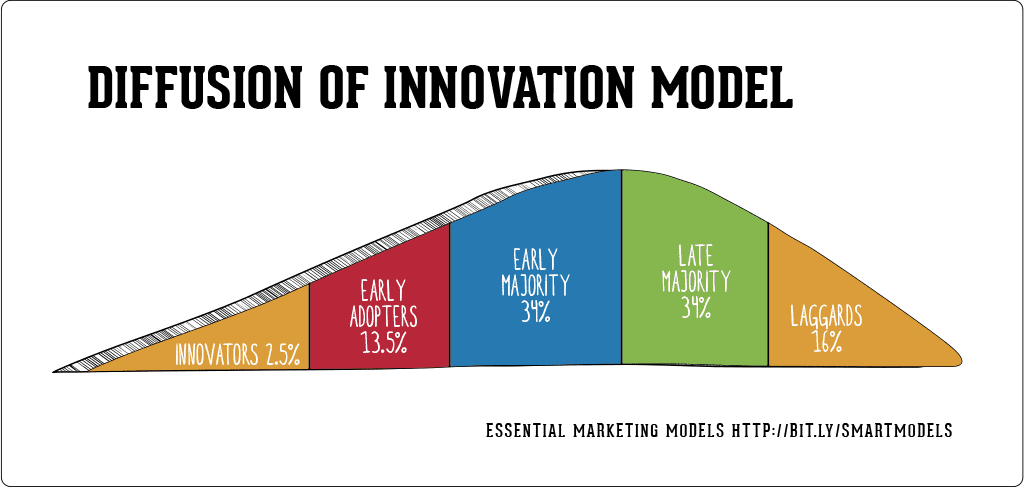
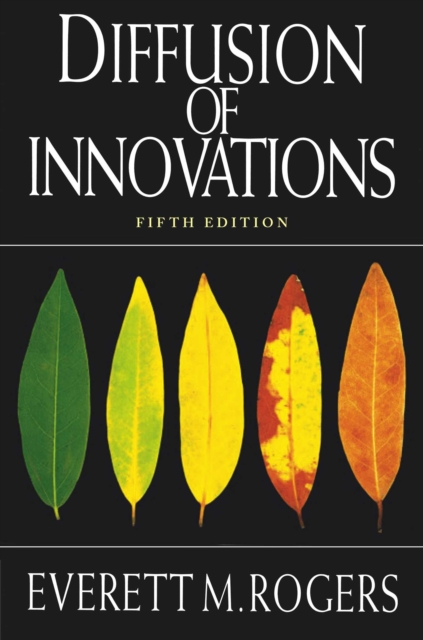
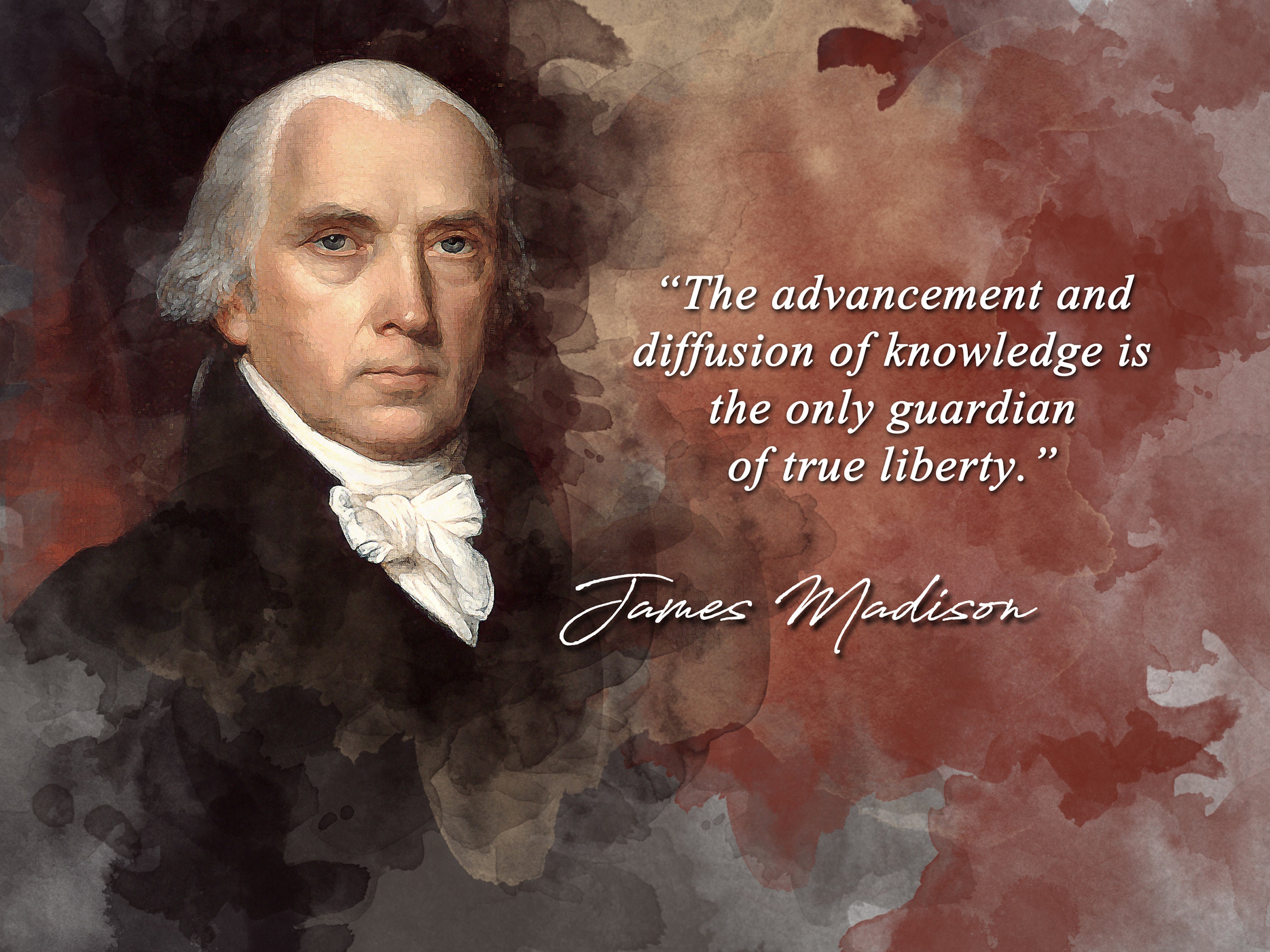
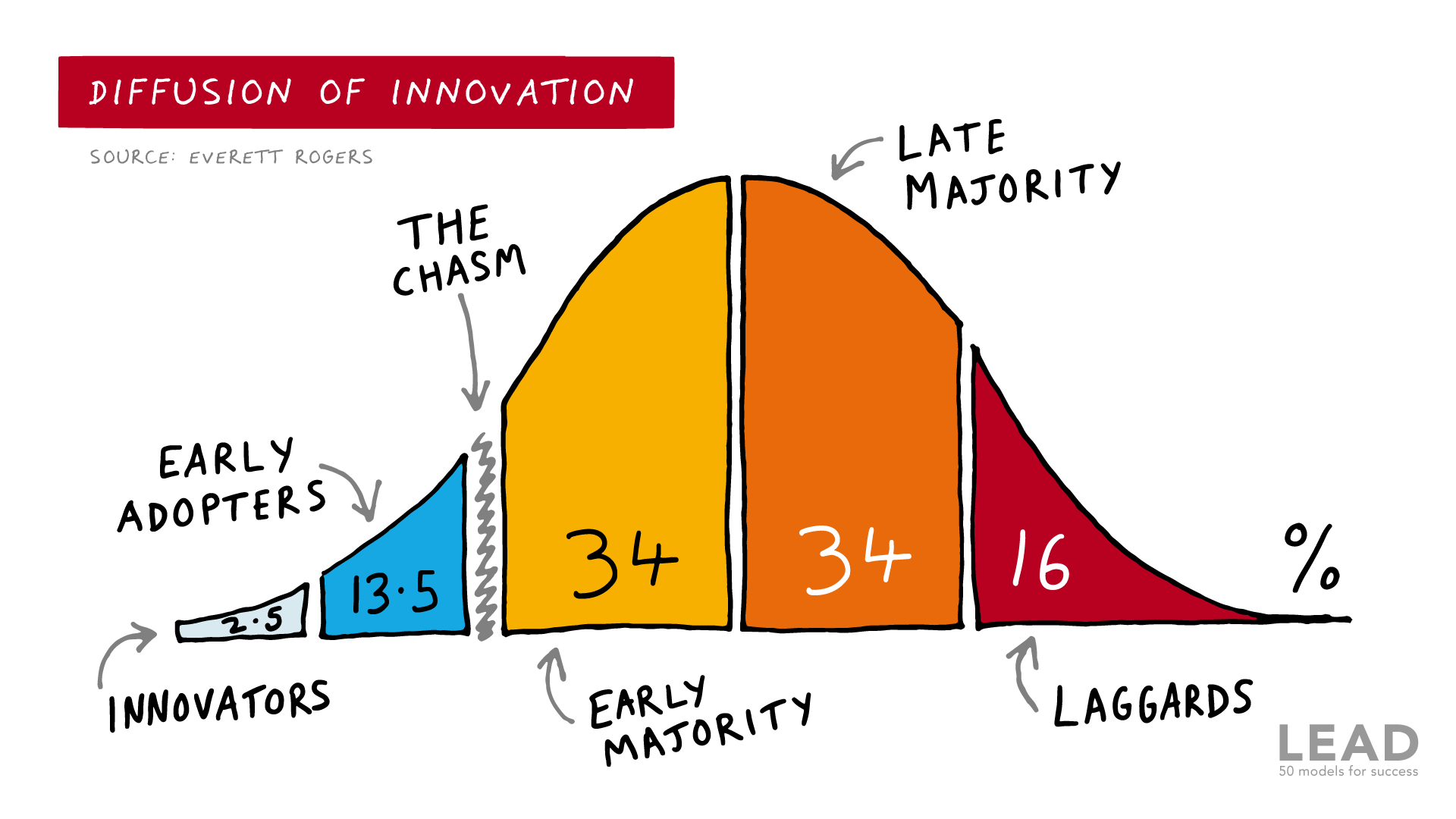

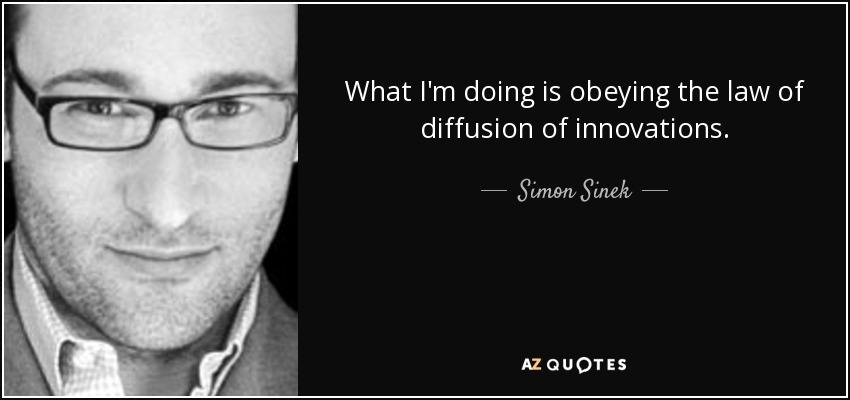
Comments
Post a Comment